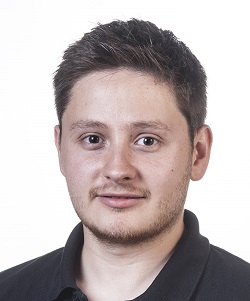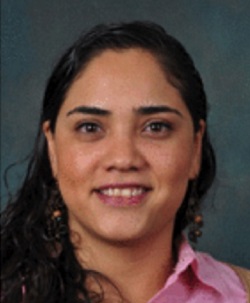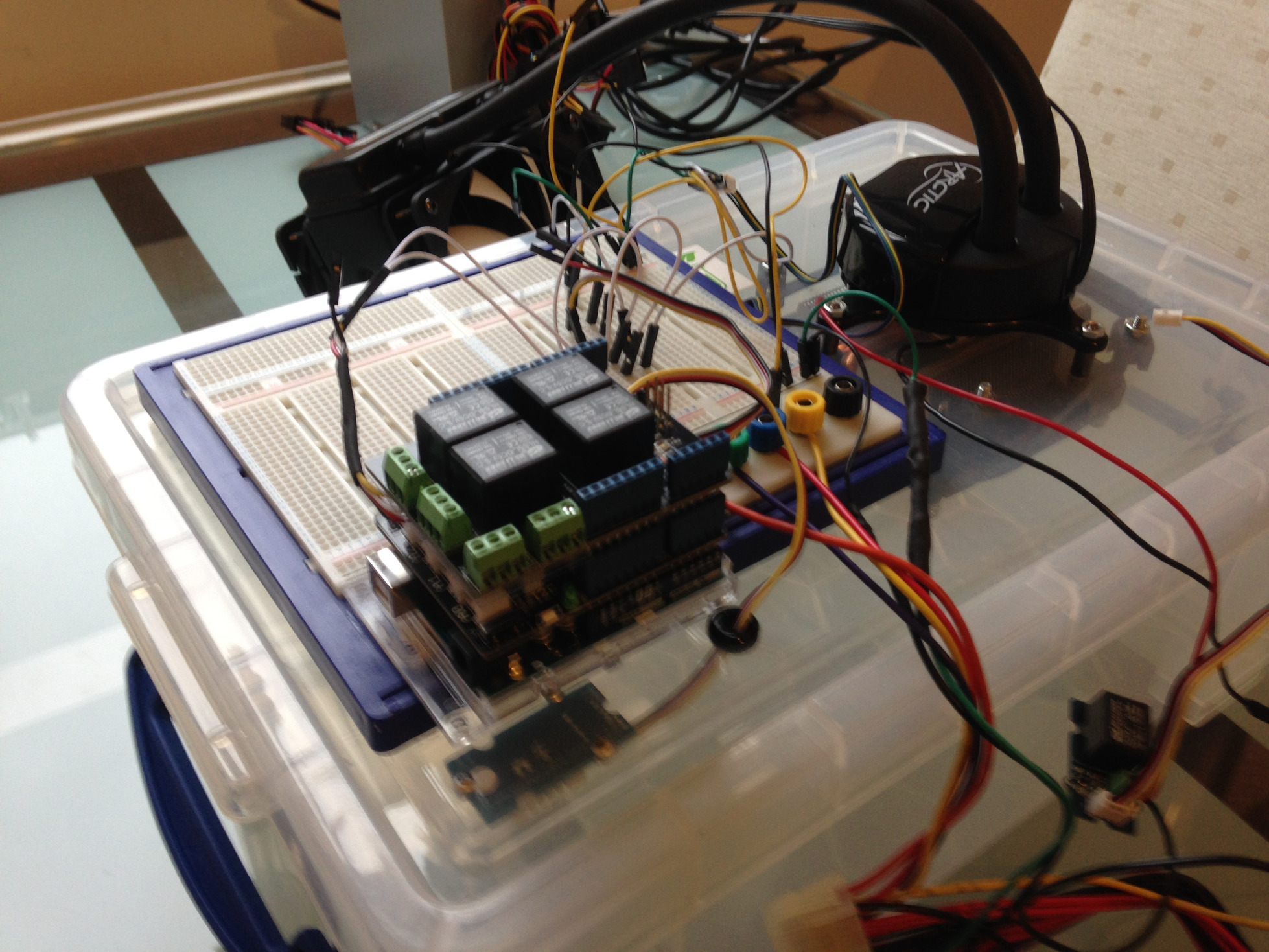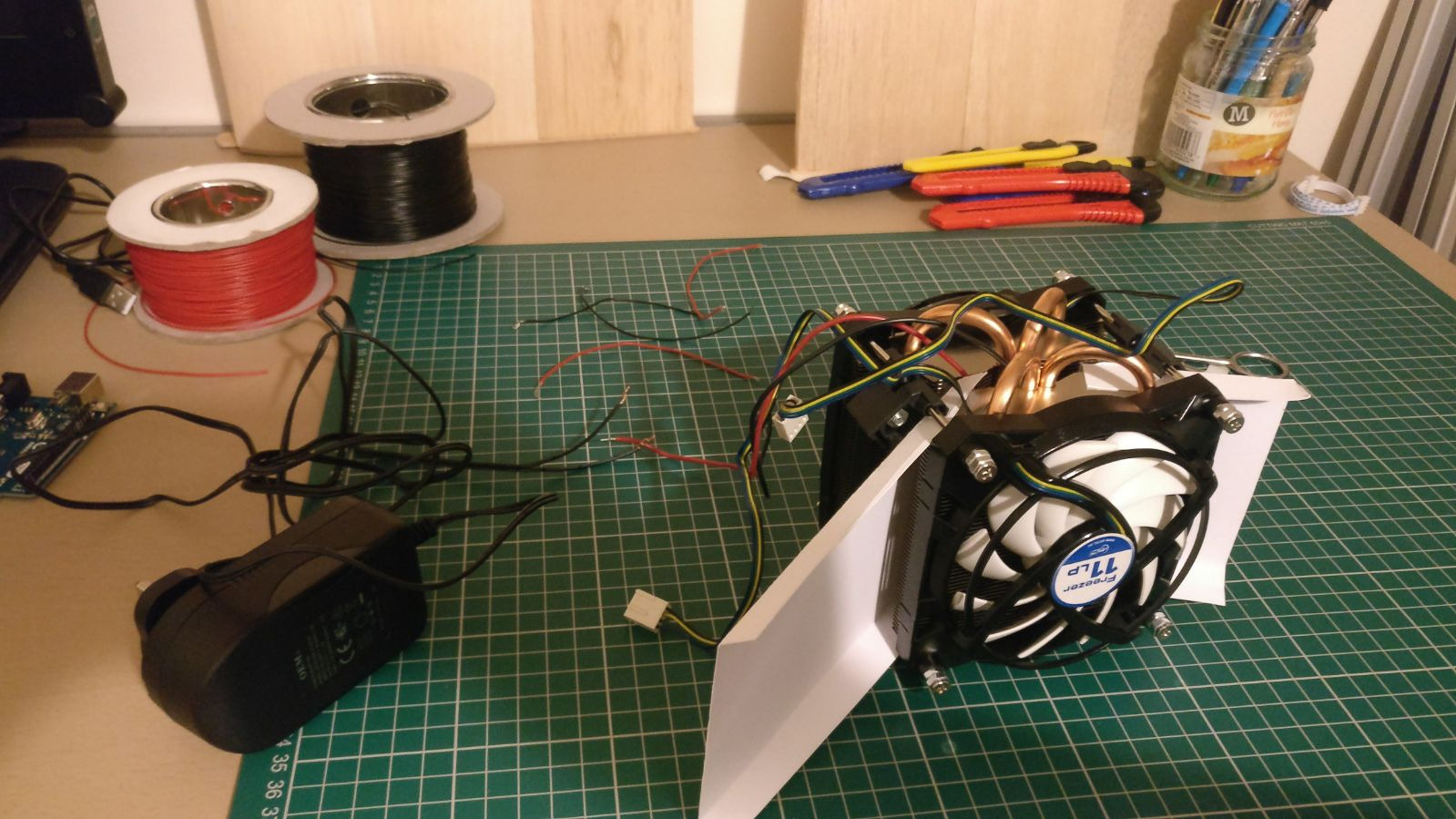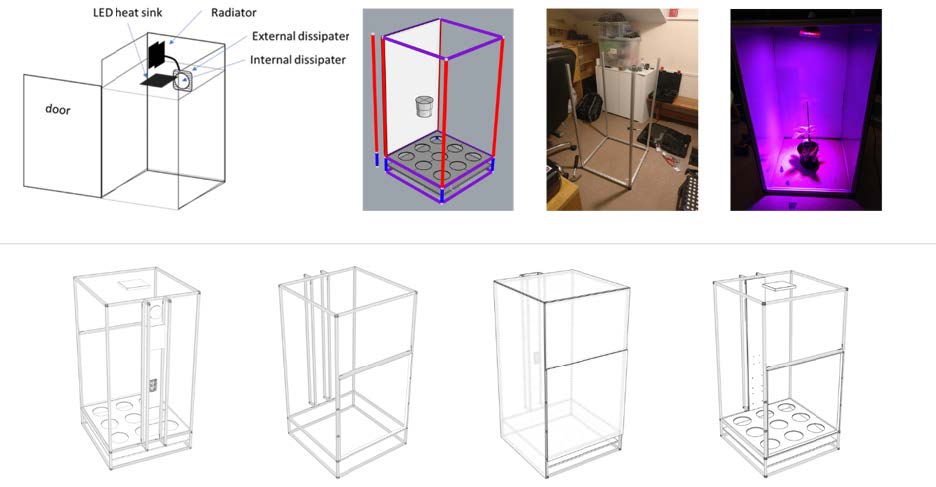Bench-top Controlled Environment Growth Chamber for Speed-Breeding and Crop Transformation
This project aims to develop a low-cost, open source bench-top controlled environment chamber, with speed breeding capabilities.
The Idea
Plant research institutes, like the John Innes Centre, depend greatly on controlled environment facilities for most of their projects. Shared facilities include glasshouses and controlled environment rooms which are high in demand. After consulting with project leaders at the John Innes Centre, we propose that development of an open low-cost bench-top controlled environment chamber can address this high demand and be of great benefit for plant synthetic biology and plant research worldwide. The incorporation of “speed-breeding” capability (growing plants under near continuous photoperiod) will prove useful for fast generation cycling. A device with these characteristics can be achieved with low-cost microcontrollers like Arduino and/or Raspberry Pi, and low-cost sensors and modules. To build this, an interdisciplinary team was assembled with a wide range of skills, from bioinformatics, plant science, to architecture. The output of this project will be open source, the documentation and design will be available in a GitHub repository.
The desktop speed breeding chamber and speed breeding methods are written up in the following two publications:
Watson A, Ghosh S, Williams MJ, Cuddy WS, Simmonds J, Rey MD, Asyraf Md Hatta M, Hinchliffe A, Steed A, Reynolds D, Adamski NM, Breakspear A, Korolev A, Rayner T, Dixon LE, Riaz A, Martin W, Ryan M, Edwards D, Batley J, Raman H, Carter J, Rogers C, Domoney C, Moore G, Harwood W, Nicholson P, Dieters MJ, DeLacy IH, Zhou J, Uauy C, Boden SA, Park RF, Wulff BBH, Hickey LT. Speed breeding is a powerful tool to accelerate crop research and breeding. Nat Plants. 2018 Jan;4(1):23-29. doi: 10.1038/s41477-017-0083-8.
Ghosh S, Watson A, Gonzalez-Navarro OE, Ramirez-Gonzalez RH, Yanes L, Mendoza-Suárez M, Simmonds J, Wells R, Rayner T, Green P, Hafeez A, Hayta S, Melton RE, Steed A, Sarkar A, Carter J, Perkins L, Lord J, Tester M, Osbourn A, Moscou MJ, Nicholson P, Harwood W, Martin C, Domoney C, Uauy C, Hazard B, Wulff BBH, Hickey LT. Speed breeding in growth chambers and glasshouses for crop breeding and model plant research. Nat Protoc. 2018 Dec;13(12):2944-2963. doi: 10.1038/s41596-018-0072-z.
There has been a lot of interest in the speed breeding technology and in the desktop speed breeding chamber, and the researchers highlighted the work in a piece on BBC Look East. The research is also described in a news article on the John Innes Centre website and through a series of videos.
The Team
Dr Oscar E. Gonzalez-Navarro,
Postdoctoral researcher, John Innes Centre and Quadram Institute Bioscience, Norwich
Dr Ricardo H. Ramirez-Gonzalez,
Postdoctoral researcher, Crop Genetics, John Innes Centre, Norwich
Ms Sreya Ghosh,
Graduate student, Crop Genetics, John Innes Centre, Norwich
Mr Luis Yanes,
Scientific Computing Specialist, Bioinformatic Algorithms, Earlham Institute, Norwich
Ms Marcela Mendoza-Suarez,
Graduate student, Department of Plant Sciences, University of Oxford
Mr Luis Hernan,
School of Architecture, Newcastle University
Ms Carolina Ramirez-Figueroa,
School of Architecture, Newcastle University
Project Outputs
Project Proposal
Original proposal and application
Project Resources
The project is documented in a github wiki page, and the code is deposited in a github repository.
Six Month Report
Summary
Our project consists of the development of an open-hardware low-cost bench-top controlled environment chamber. A device with these characteristics can potentially benefit plant synthetic biology research worldwide. The main feature is a Speed Breeding capability, i.e. a protocol of prolonged photoperiod that accelerates plant development, therefore allowing an increased number of cycles per year compared to traditional glasshouse trials. The controlled environment chamber is controlled by a Raspberry Pi, to provide a graphic user interface (GUI) for easy manipulation, and an Arduino microcontroller, that adjusts the environment with the feedback of an array of sensors inside the bench-top chamber. All the information and knowledge acquired is being deposited in a GitHub repository (see: https://github.com/PhenoTIPI/SpeedSeed3/wiki)
Report and outcomes
The project kicked-off with a meeting in the Chris Lamb Training Suite at the John Innes Centre on 30 September 2017. On that day, we visited the controlled environment facilities and of the Speed Breeding setup onsite. In this meeting the workload was divided in four teams:
Structural design
Software and human interface
Environmental controls
Integration and follow on plans
Each team designed and tested each subsystem. One of the of the things that didn’t go to plan was the temperature control. While the thermoelectric cooling element is the right choice of hardware for controlling precisely the temperature, the chosen heat sink didn’t perform as expected.
The layout we used involved two CPU heatsink fans, one on each side of the thermoelectric cooling element, the initial assumption for the insufficient cooling was that we were not transferring enough heat out from “the hot side” of the plate. The arrangement of the fans pushed air to the thermoelectric element, which resulted in transferring the hot air towards the cooled source.
We decide to use instead a high-performance CPU liquid cooler to ensure that the heat was removed away of the chamber, but this only solved the problem partially. We did however manage to lower the air temperature to 17.2°C inside the test box (i.e. a plastic container). The solution to this problem, after doing some research and talking with other engineers, is to keep the high-performance CPU liquid cooler on the hot side of the element, and use a larger aluminium heatsink and a fan on the cold side, to increase the cooling area.
The next problem to solve was the construction of the prototype structure. We tried to use some 3D-printed connectors that we design, and that Roger Castells kindly printed out. The pieces were sturdy for compressing force. However, they failed under the tension and torsion forces produced by the torque of the screw. Instead, we used metal braces and rivets as connectors which provided sufficient support. Although this is not an ideal or easy way to assemble, it allowed us to test the electronic components in a more realistic prototype. For the final product the team in charge of the structural design has come up with a cleverer design that allows for modular components to be attached in an allocated column at the back of the chamber. For this next design we will use MakerBeam components (see https://www.makerbeam.com/).
The hardware controller and graphical user interface component of the project had gone through several iterations, as we solved the different challenges of the project. Briefly, the chamber is controlled by an Arduino microcontroller, that interfaces with the sensors. A Raspberry Pi is used to provide a graphical interface with a touch screen.
The full description and technical documentation are found in the wiki of the project: https://github.com/PhenoTIPI/SpeedSeed3/wiki.
The code is in a github repository: https://github.com/PhenoTIPI/SpeedSeed3.
Follow-on Plans
The next step in the development of the project is to finalize the prototyping within the next three to four weeks and to focus on the completion of the final version, especially since the whole Speed Breeding protocol is starting to be implemented in several laboratories.
The Speed Breeding protocol has caught the attention of a high impact journal. We are aiming to include the benchtop chamber as part of the protocol. We also got the opportunity to have the chamber potentially included in a paper on Speed Breeding. So, the additional £1000 and the unspent budget will be used to deliver a working product on time to be included in this paper.
We will also develop a Business Plan following the strategy of an Open Hardware Business Model. The Open Hardware Business Model has all of its products and designs released to the public in a way that anyone can make, modify, distribute and use such products, allowing for the developed product to not only be a simple DIY product in a hardware repository, but also a commercially viable product for a market that prefers buying instead of building it.
Pathways to Impact
We will implement a marketing plan for scientific entrepreneurship to ensure the process of starting our own business is easier.
One of the main actions will be to apply for Startup accelerator programs and make contact with industry mentors who will share their expertise in commercialising products. Via such programs, we can design the Product/Market fit to have a sustainable and replicable product. An accelerator program will give us access to a network of young and successful entrepreneurs, and opportunities for funding through grants and Angel investors.
Header image: Wax on wheat leaves (NRP-146) by Cristobal Uauy and Andrew Davis, John Innes Centre, Norwich. Shared under CC BY 4.0 through the Norwich Research Park Image Library.

